blog
Interview with photographer Mikel Berradre

“I grew up with cameras around me, but it wasn’t until I came to Osaka in 2010 that I started to seriously think about using cameras as a form of expression. I decided then to go back shooting film using cheap point and shoot cameras that I could put in my pocket, to see if I was capable of creating something relevant, something that felt real to me, without excuses like “if I had this or that camera…”. 7 years later I’ve learnt not to worry about cameras or equipment at all.”
If there is a struggle to find what Mikel Berradre defines as “realness”, it appears to largely be internal. The images in his portfolio “Memories on rice paper” are of ideas and experiences as real as life itself. However fleeting and fragile our memories may be, they are a real part of the human experience.
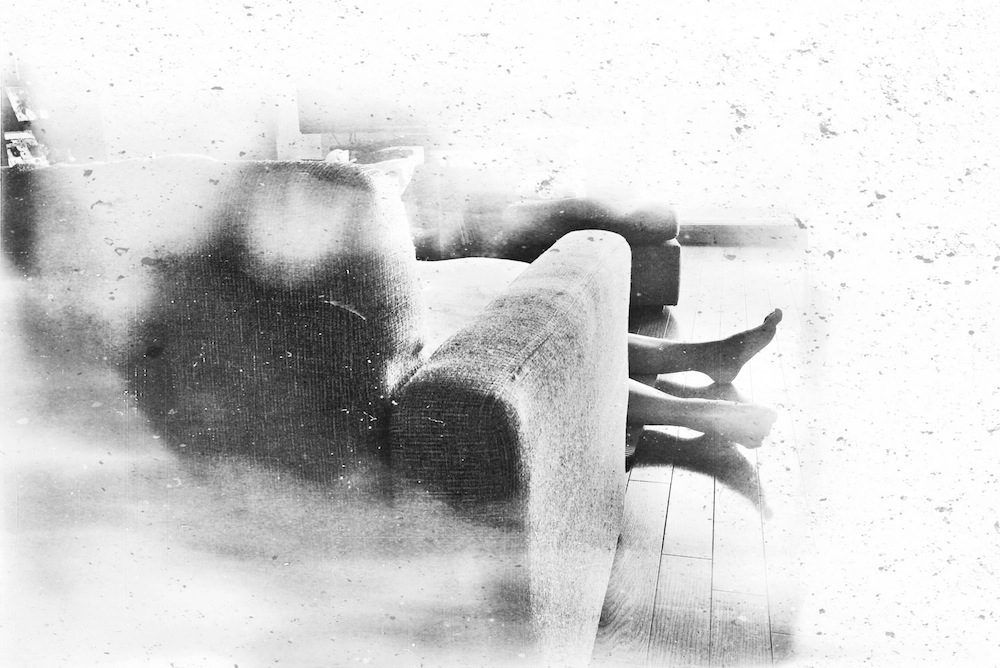
So I asked Mikel to speak more about the nature of his project. He said, “The main idea is represented by it’s title. I tried to find a way of presenting a series of seemingly unrelated pictures as a cohesive body of work. The concept of remembering, of memories, and how our often chaotic memories remain in our heads, is what I tried to explore. Have you ever tried to explain a dream to somebody, even a dream you clearly ‘remember’? For me it has always been close to impossible to translate them to words. With this project I tried not translating my dream world into photography, but to represent that feeling of remembering. That’s why the pictures are cloudy, dusty and the faces are not clearly presented. The only thing connecting them all is their origin, where they come from. But the possible narratives they present are just forced efforts to understand something that doesn’t have any objective meaning. I think this is what happens every time one wakes up half-remembering a dream and tries to connect the dots to form a story from some random “images” our brain creates while we sleep.”
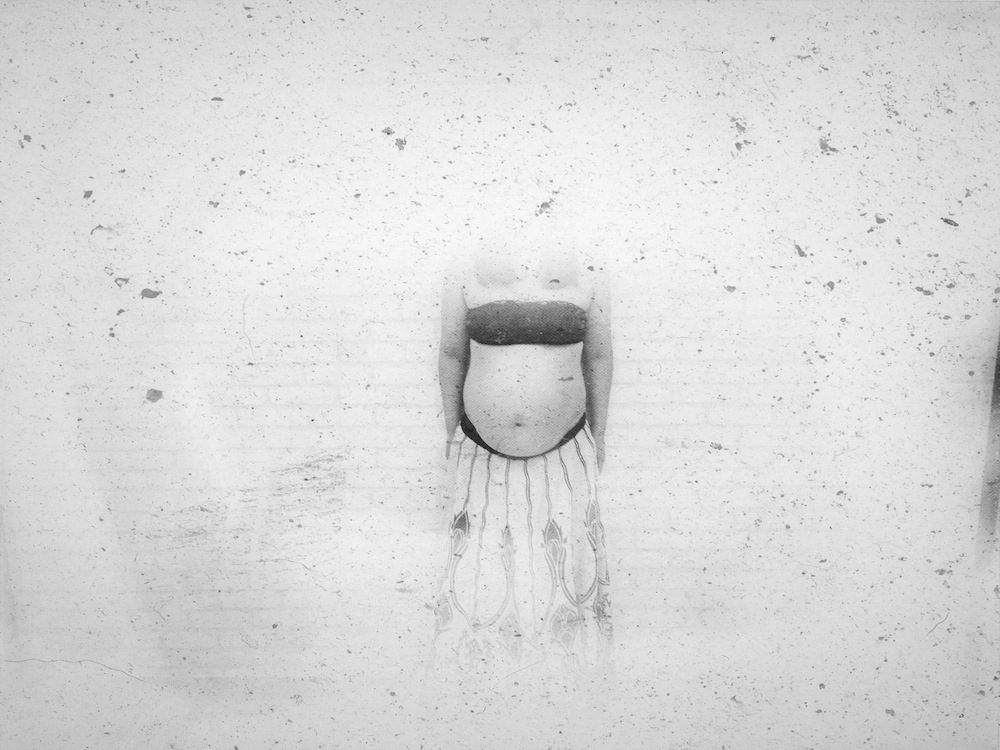
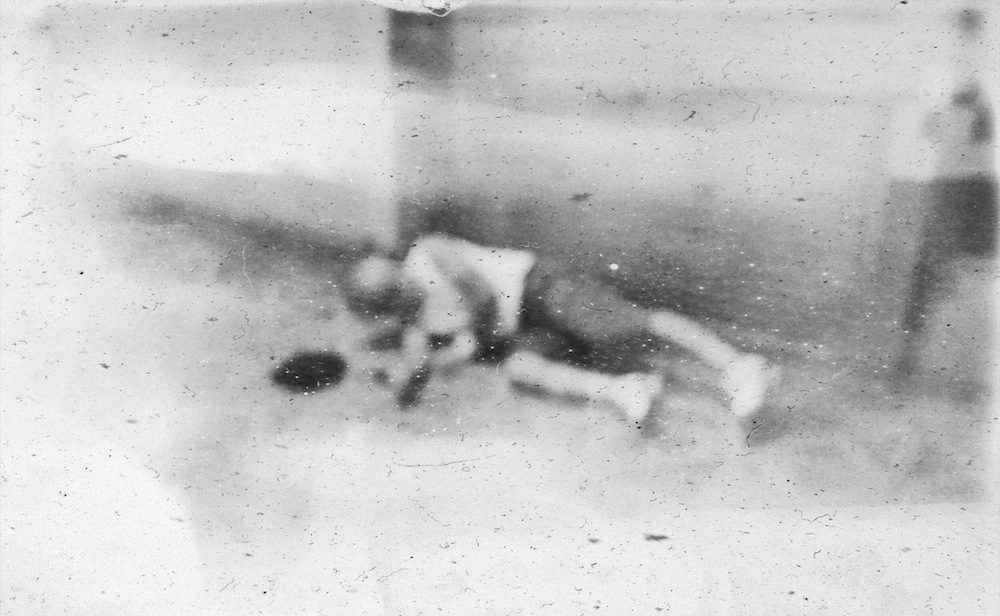
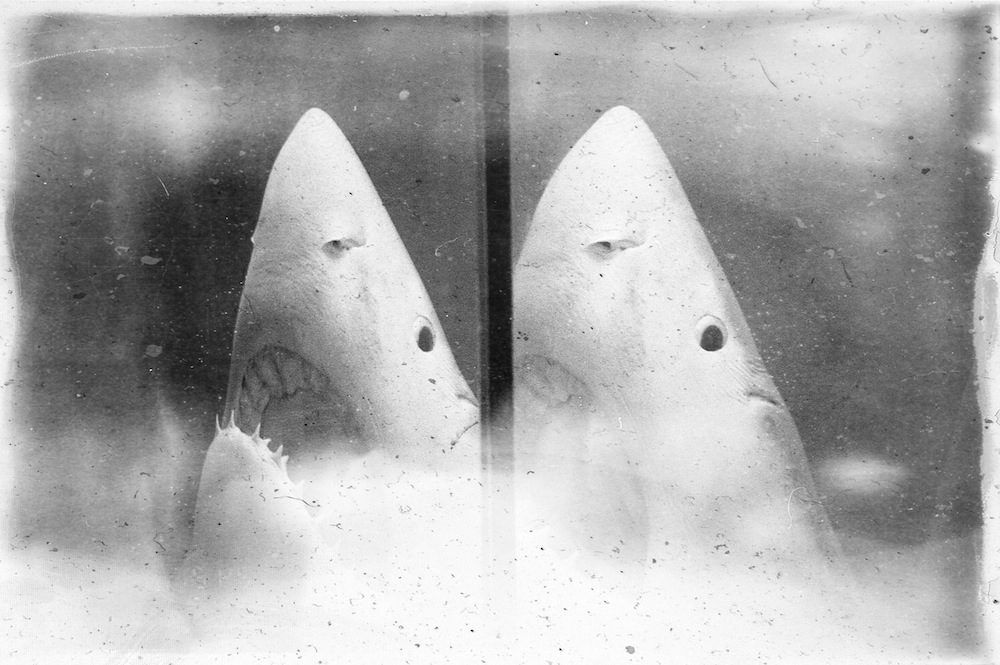
I wondered if the project hinted that the images were literally printed on rice paper, so I asked Mikel that question. He responded, “I always felt that Memories was meant to be printed in some fragile medium to make justice to the images and it’s concept, but the rice paper in the title is just a representation of the fragility and futility of memories.”
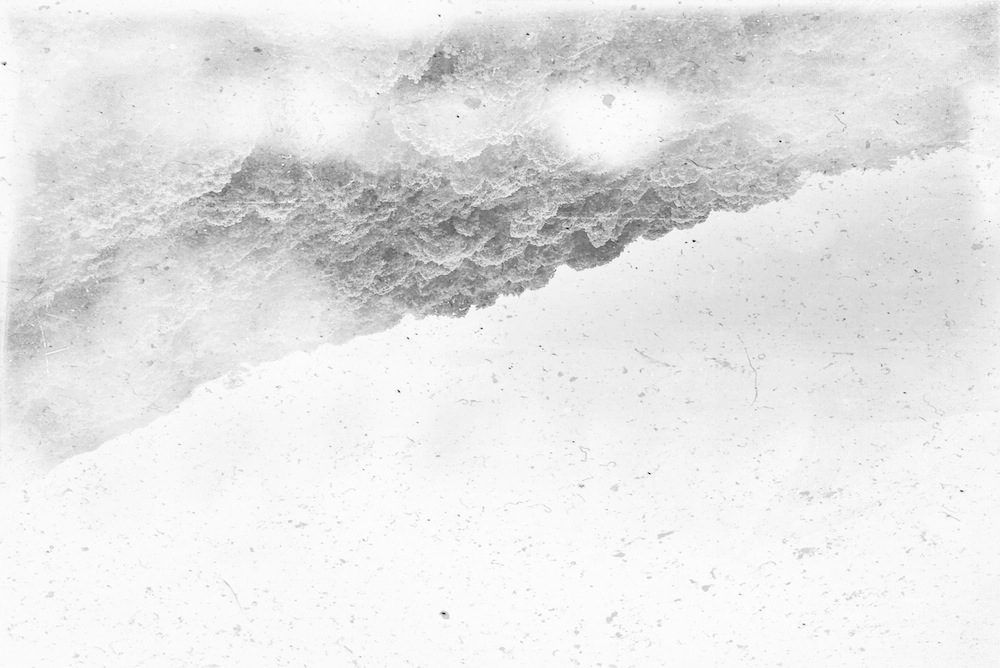
The rice paper reference raised the question for me whether Mikel worked in other mediums, or why he chose photography as his main way to express himself. He answered, “I think photography is a very interesting medium because it lets me have enough space to breathe, to take my time to really let any idea that I’ve fallen in love with to ripen, to take form. I spend most of my “photography” time just thinking and coming to terms with myself and with my ideas, and this is what I like the most about it. It is very different from, for example, music, another medium that I love and spend a lot of time working in. For me, music is the antithesis of photography in the sense that every minute I spend working on it is time spent with it, listening, recording, mixing, mastering etc., unlike with photography where most of my time is spent away from it. I am a very slow photographer, so this medium allows me to wait for things to happen and to really enjoy the process.”
While Berradre is from Spain, he has been living in Japan for a number of years. Perhaps as a result, the influence of contemporary Japanese photography styles are evident in Berradre’s work.
Mikel says that music is his biggest inspiration for creating work, but he has always had an admiration for street photographers like Daido Moriyama. Another Japanese photographer’s work that really inspired him is Shindo Mariko’s “Bibio”; a mix of street photography with great emphasis on unpolished textures. Mikel also includes his friend Rafa Zubiria as a great source of inspiration and advice, as well as David Lynch’s surreal worlds and Thailand’s Pen Ek Ratanaruang films.
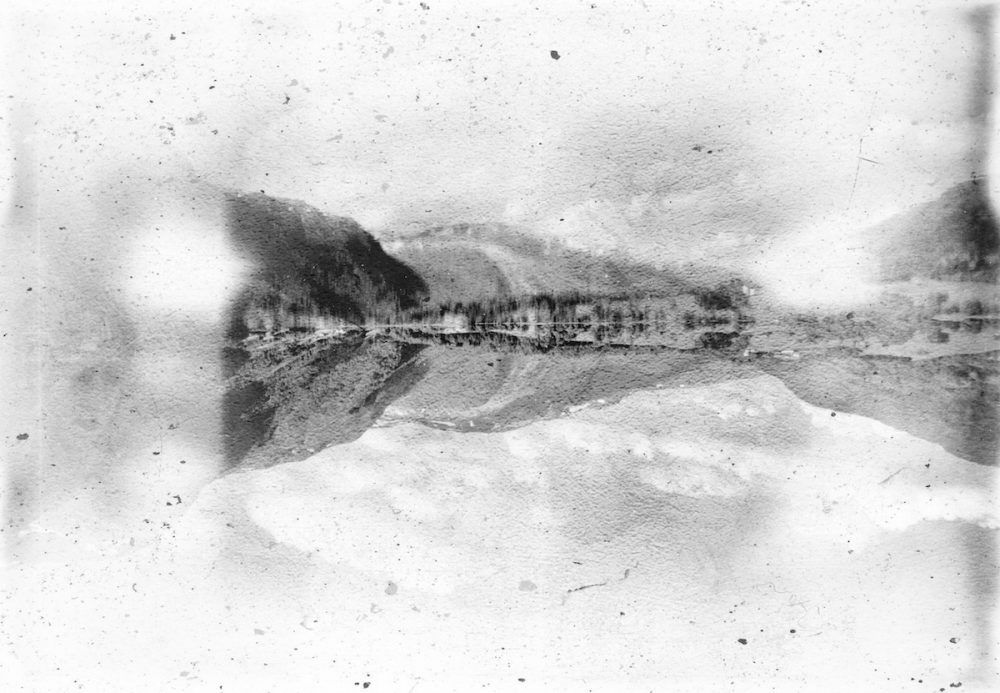
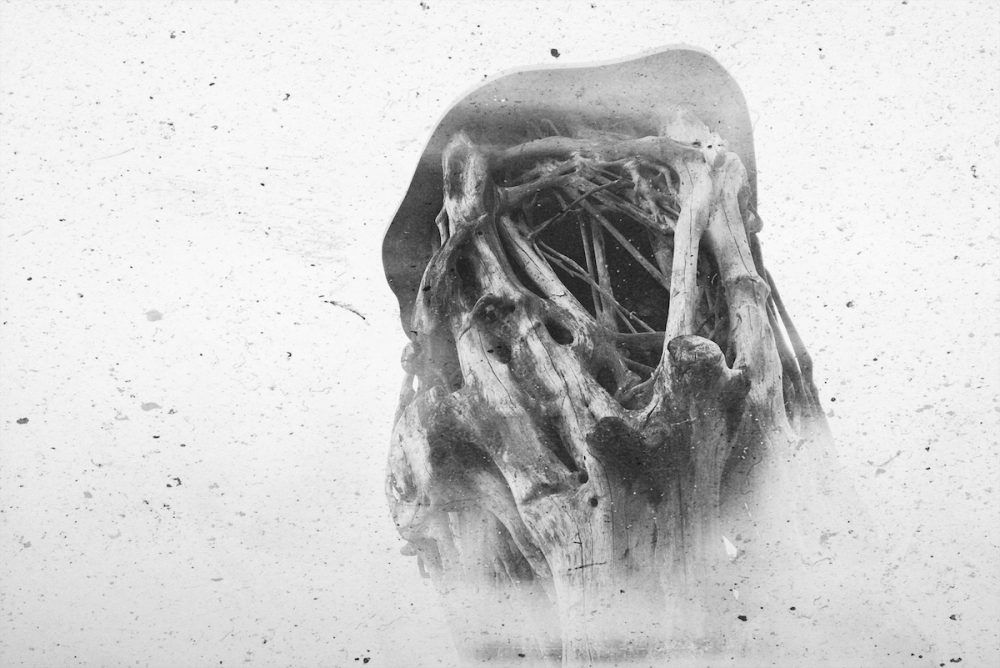
The dreamlike films of Lynch, the visceral work of Moriyama, and the psychological fragility of Berradre’s Memories made me wonder if Berradre feels isolated in a country where he didn’t grow up. He replied, “My biggest struggle has always been the struggle with myself. I work alone, and I’ve always been a very isolated kind of artist in the sense that I almost don’t share my work with the people around me. I won’t lie and say I don’t feel isolated, but this is what it always has been and I feel comfortable this way. I think I’m opening up slowly. Despite being almost clueless about the artistic community in Japan, I would love to try working or collaborating with someone else here, maybe not necessarily a photographer, and learn from other people and their work.”
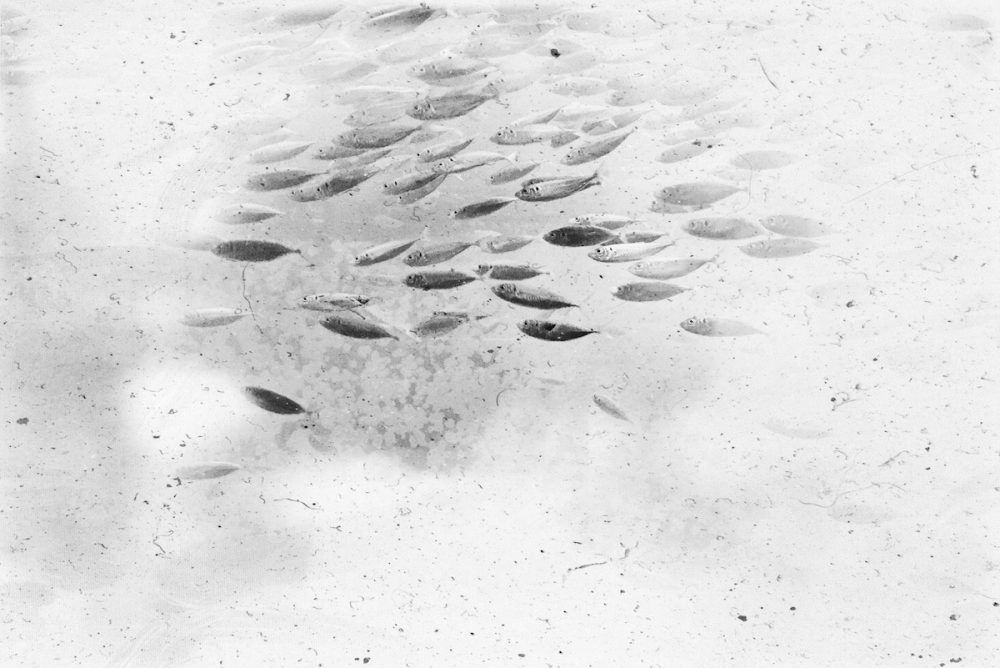
Mikel Berradre is a self taught photographer born in the Basque Country in northern Spain, but currently living in Osaka, Japan. After having an on and off relationship with photography that lasted many years, he started to seriously spend time with it while living in Japan. A major theme in his mostly experimental work is the feeling of being out of place, both literally and figuratively.
To see more work by Mikel Berradre, please visit his website at: www.mberradre.com
Location: Online Type: Featured Photographer, Interview
Events by Location
Post Categories
Tags
- Abstract
- Alternative process
- Architecture
- Artist Talk
- artistic residency
- Biennial
- Black and White
- Book Fair
- Car culture
- Charity
- Childhood
- Children
- Cities
- Collaboration
- Community
- Cyanotype
- Documentary
- Environment
- Event
- Exhibition
- Faith
- Family
- Fashion
- Festival
- Film Review
- Food
- Friendship
- FStop20th
- Gender
- Gun Culture
- Habitat
- Hom
- home
- journal
- Landscapes
- Lecture
- Love
- Masculinity
- Mental Health
- Migration
- Museums
- Music
- Nature
- Night
- nuclear
- p
- photographic residency
- Photomontage
- Plants
- Podcast
- Portraits
- Prairies
- Religion
- River
- Still Life
- Street Photography
- Tourism
- UFO
- Water
- Zine

Leave a Reply